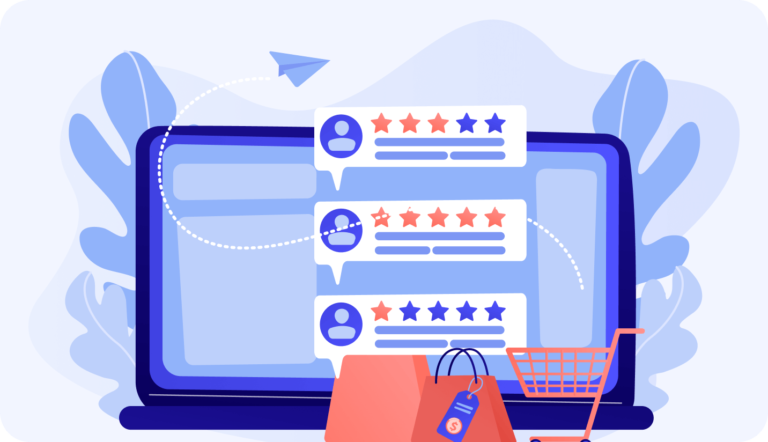A surprising 90% of leisure and hospitality companies, along with over 60% of all industries, use loyalty programs, yet their impact on customer loyalty and ROI remains unclear. With the average consumer holding memberships in over 14 programs, loyalty doesn’t always translate into profitability, especially when companies target their highest-spending customers, who would likely spend without incentives. This can waste resources and lead to disappointing returns.
However, research shows loyalty programs can offer significant benefits if strategically designed. A recent study by Harvard Business Review with a major U.S. retailer examined two years of purchase data from over 10,000 customers and revealed valuable insights. Two customer segments were found, “consolidators,” who moved more spending to the retailer, and “upgraders,” who began purchasing premium products responded well to loyalty programs, increasing their spending by 50%.
Crucially, it was discovered that targeting based on customer location relative to competitors, rather than historical spending patterns, greatly increased program effectiveness. Customers who were “vulnerable” to competition due to their proximity to other stores responded more positively to loyalty incentives. Machine learning helped identify these patterns, analyzing customer and competitor locations to determine the highest-value customers.
What does this mean for loyalty program success? First, marketers should focus on high-vulnerability customers who are likely to be swayed by incentives, rather than just high spenders. This targeted approach led to a 45% spending increase among customers near competitors, as opposed to minimal impact among existing high spenders.
Secondly, using customer location data is more practical and effective than relying solely on historical spending, especially for new markets where spending data may be sparse. Machine learning can identify valuable customer patterns in location data, offering a simple yet powerful way to enhance ROI.
In conclusion, rethinking loyalty targeting to focus on competitive vulnerability, rather than spending habits, can maximize program effectiveness. By leveraging automated tools and location insights, brands can drive meaningful loyalty and unlock the full potential of their loyalty programs.






